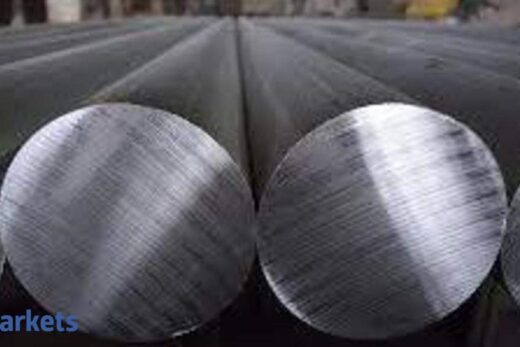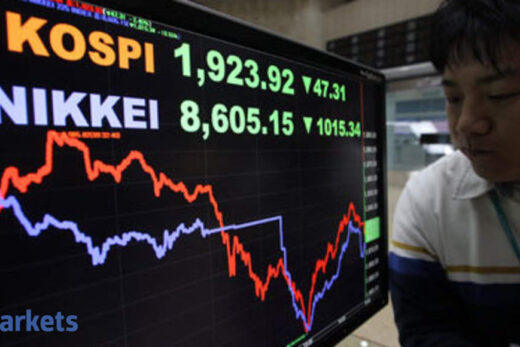One of the biggest problems for the economy is that credit offtake has not picked up. Now the governor has announced that he is not going to infuse any more liquidity through G-SAP. Will that really make any difference?
No, I do not think so because the liquidity in the system continues to be very good and the governor did mention that despite taking all the steps — which means stoppage of G-SAP and variable repo auction calendar — the liquidity projected in the first week of December is still around Rs 2-3 lakh crore. So liquidity and availability of money is not a concern at all. It is the corporate side investment plans which have to fructify now and we have been seeing encouraging signs on this, not in all sectors but in sectors which came in early like steel and roads, we are seeing very encouraging signs.
As soon as that picks up, demand should come back, but not at the moment.
The demand for these commodities are picking up, prices are going up very sharply so in the interim, will we see inflation really pick up? The governor seems to think that by holding policy rates low, supply will come on stream and then the demand will catch up. Does it work?
I would say that it has worked so far. Look at the food inflation. This was very high in quarter one and a lot of projections were made. But food inflation has tapered down and now it is supporting the lowering of inflation. The commodity prices are driven more by global trends and also fuel prices which are still high and continue to be volatile.
So there is not much the Indian government or the RBI can do to control those. As long as overall inflation continues to be in the band, which RBI is comfortable with, I do not think they need to tamper too much and as it is on his statements on liquidity, it indicates a gradual normalisation. The governor has been very clear and has been giving very clear indications to the market as to how they want to move and how they want to see it.
You said how the corporate credit cycle seems to be showing some good signs coming in. When do you see the revival coming in full force? Could it be the third quarter, fourth quarter or next fiscal year?
Demand comes back with a lag because the corporates first have to make their plans and then those plans get translated into credit with proposals which are sanctioned. Even the disbursements take some time to happen. Therefore today we are seeing plans being made by a whole swath of the corporate sector across the sectors. Steel surely is one of those. There are large plans around consumer, digital and also in chemicals and export of course. These are three or four sectors in which we are seeing a lot of plans and we hope that towards Q4 and of course next year, we will see a lot of demand coming in.
Here, I would like to point out two other things; one is that the consumer credit has held firm. It is in fact improving and we hope to see a lot of consumer credit growth in Q3 because that is the festival season. As a bank, our international book has really delivered well, the growth in markets like the US and the UK have been very good and we see a lot more potential because the consumer demand and growth there is much high. Therefore our engines in international banking are really helping us show some growth even if the corporate side is still not picking up credit growth.
What do you think the future holds for bank credit? Will you still see only retail borrowers seeking credit or do you expect corporates also?
As I said earlier, retail continues to be strong and we expect a higher growth in Q3 on the back of the festival season. We are already seeing signs of it in the credit card space, where promotions are really working fine.
On the corporate side, plans are now being made and the corporates are in discussion with us in different sectors as to how the project plans will pan out. Therefore, the translation into corporate credit growth happens with a lag and that lag we will see either at the end of Q4 or early Q1 of next year when we will see a big pick up in corporate credit. As of now, the corporate credit growth is very tepid or flattish and therefore we are not seeing too much there.
On the infrastructure side, we are seeing some growth, especially in the roads sector. Also, there’s a lot more of asset monetisation plans of different corporates and the government. That is where we will see more action, not so much in the corporate space for the moment.



